MARS the fourth planet of our solar system, named over Roman God of war. Also referred as Red Planet for its thin reddish atmosphere. Like Earth, Mars has seasons, polar ice caps, volcanoes, canyons, and weather. Mars is home of the tallest mountain in the solar system, Olympus Mons, a shield volcano, is 21km high and 600km in diameter. Mars has two moons Phobos and Deimos.
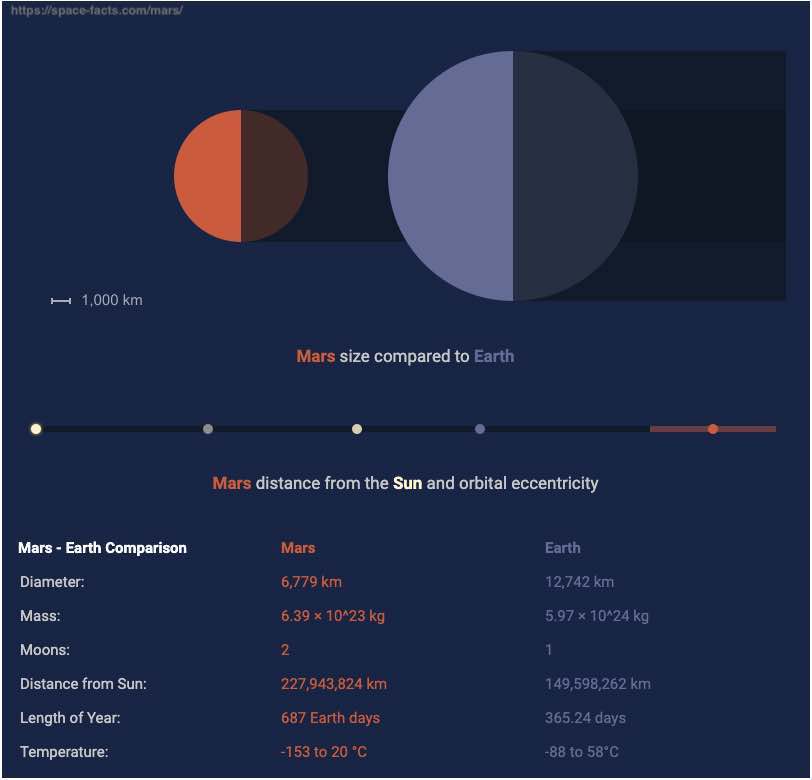
Mars is the second highest explored planet beyond Earth. Since 1960 more than 50 missions are conducted to Mars. Success-fail ratio is around 40-60. Among them Soviet conducted the most, 20 missions with success of 3 missions.
1960 – 1970
Exploring missions began in 1960. First attempt made by Soviet, 5 missions launched between 1960-1962. NASA’s first attempt made on 1964 with Mariner 3 which was failed. But with in 3 weeks NASA launches Mariner 4, the first successful mission to MARS, took 22 pictures of Mars. Within 2 days of Mariner 4, Soviet launches another mission Zond-2 but yet to get success. In 1969, NASA launched two more successful mission, Mariner 6 & 7. Same year Soviet launched another mission which was consecutive 8th failure for the country
1970 – 1980
In 1971, after another failure (Kosmos 419) Soviet got first success with Mars 2 & 3 each consists a orbiter and a lander. Both landers were failed but orbiter was able to take picture (60) of the surface. Same year NASA also launched Mariner 8 & 9. Mariner 9 was highly successful, transmitted over 7,000 images and covered 85% of the surface. Mariner 9 discovered river beds, canyon, mountains specially Olympus Mons. In 1973 Soviet launched another 4 missions, only one got partial success. Soviet got 2 success out of 18, which refrains them 15 years for the next mission. NASA’s Viking 1 & 2 had great success in 1975.
1980 – 1990
In 1988 Soviet launched 2 missions named over Mars’s moon Phobos 1 & 2. Phobos 2 transmitted few images (37) of moon phobos. These were the last mission by Soviet.
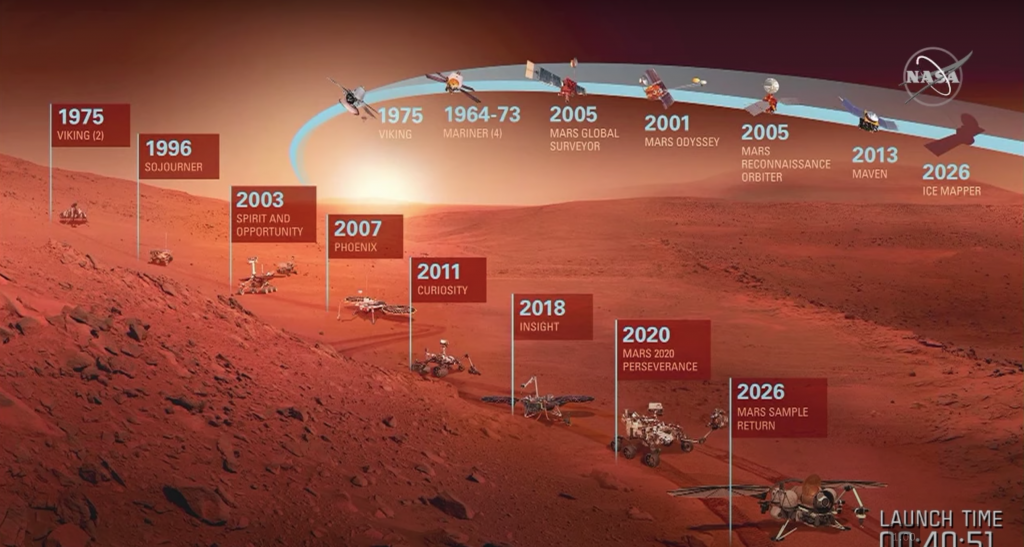
1990 – 2000
NASA came back in 1992 with Mars Observer, orbiter. Surveyor and Pathfinder made the year 1996, successful for NASA. Surveyor served 10 years. Pathfinder lander carried first rover, Sojourner. Pathfinder transmitted 8 million measurements and 16K images and Sojourner 550 images. Pathfinder mission was designed for 30 days but it worked 83 days. Also Sojourner worked 12 weeks while designed for 1 week. In 1998 Japan launched first Mars mission, Nozomi-orbiter which ran out of fuel before reaching the planet. 1998-1999 NASA launched 3 more missions for Mars, all were failed.
2000 – 2010
2001, NASA launched Odyssey orbiter, which is the longest servicing spacecraft and still working. 2003 European union ESA first launched Mars Express (orbiter) and Beagle 2 (lander). Lander lost communication but orbiter works fine. Same year NASA launched Spirit and opportunity, most successful mission so far. Both mission was designed for 90 days but spirit worked 6 years and opportunity 15 years. Both transferred 200K images. 2005, another orbiter by NASA, Reconnaissance. 2007 Phoenix lander landed on polar area and first observed snow on the planet.
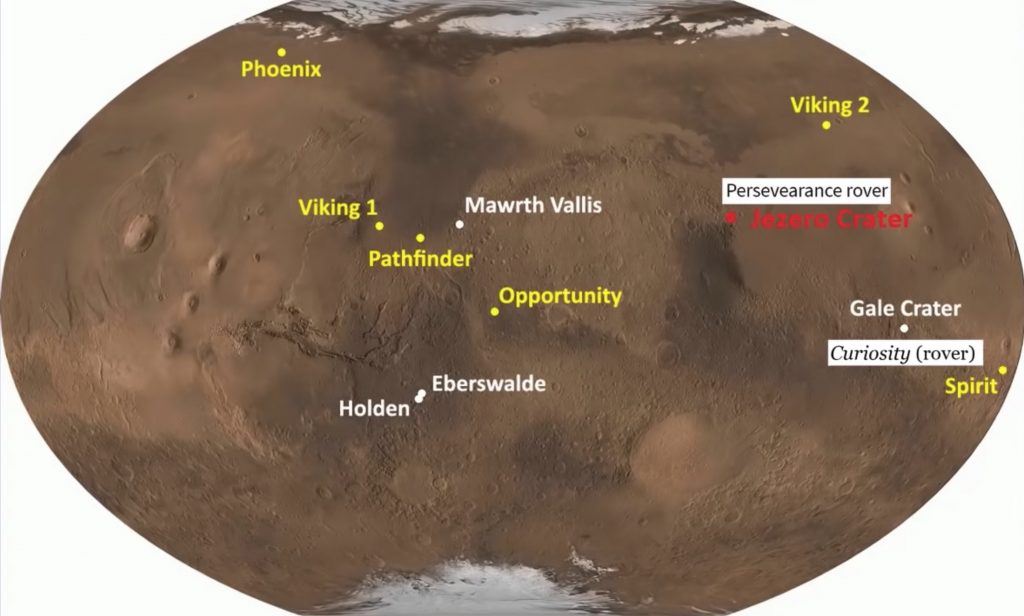
2010 – 2019
2011 Russian Roskosmos and China launched Fobos-Grunt and Yinghuo-1 respectively were failed. Same year NASA achieved another success with rover Curiosity, did advanced chemical analysis on the planet and still operational. 2013, India launched first and successful mission Mangalyaan (orbiter). Same year NASA sent Maven orbiter. 2016 ESA and Roskosmos launched joint mission with ExoMars Trace Gas Orbiter and Schiaparelli EDM lander, lander was failed but orbiter is functional. InSight lander was successfully landed in 2018 by NASA.
YEAR 2020
2020 turned into a very exciting year, 3 Mars missions have been launched from 3 different countries UAE, China and US in July, 2020.
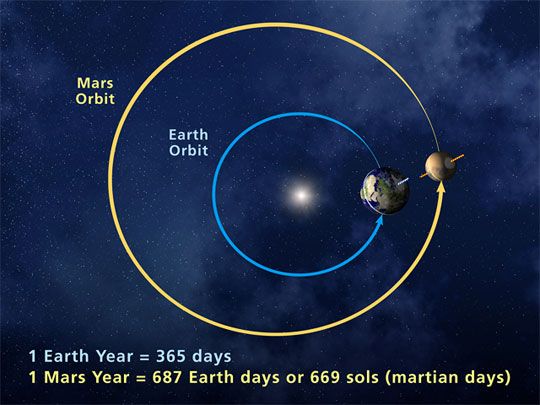
The reason why all missions launched in the same time, the distance between Earth and Mars became minimum in every two years. From mid-July to mid-August is the best period in terms of time & cost management in 2020.
Al-Amal, UAE
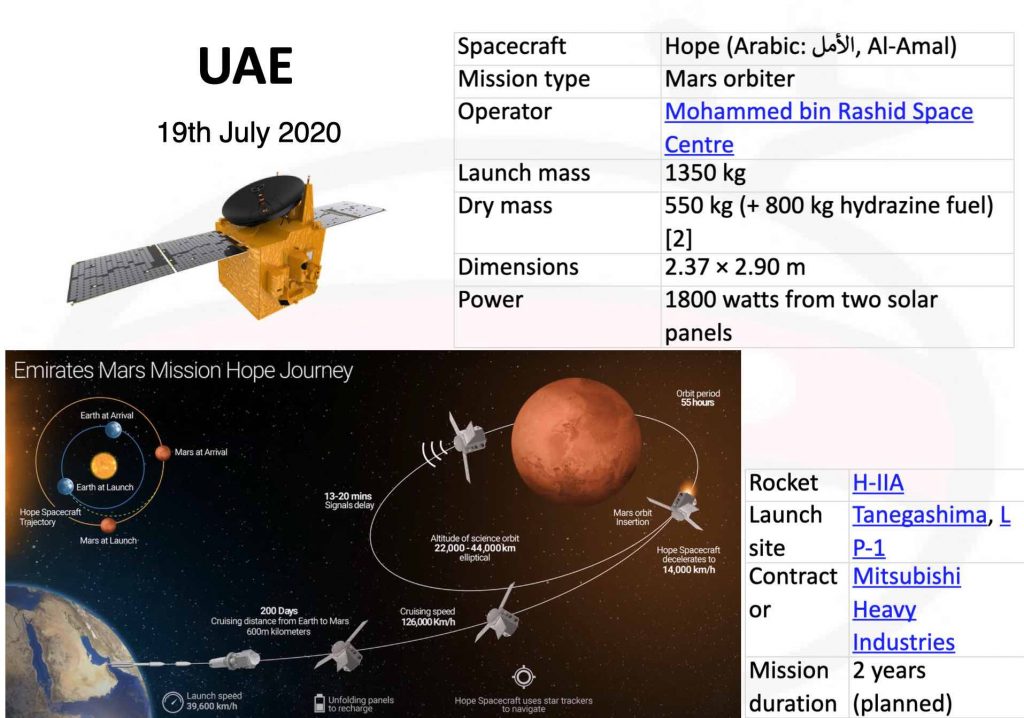
UAE launched first mission ever from Arabic/Middle-east region. Launch area was Japan’s Tanegashima. First launch date was July 14th but due to bad weather launch date was postponed two times. Al-Amal means hope, is an orbiter, carries UV, infrared and FTIR scanning spectrometer. Will study on Mars and outer space atmosphere and the impact of solar wind on Mars.
Tianwen-1, CHINA

Tianwen means asking to sky/heaven. This mission is highly ambitious mission from China. It carries orbiter, lander and rover all in one, will search the Martian surface for water, ice; investigate soil characteristics, and study the atmosphere, material composition, magnetic field with more other objectives.
MARS 2020, NASA
This time NASA sent rover Perseverance equipped with most advanced instruments like MOXIE, RIMFAX, MEDA, SHERLOC etc. First time ever two microphones attached with the rover along with 23 cameras. Another surprising instrument is Ingenuity, the helicopter, which will take flight first time ever outside earth. For more details about NASA’s MARS 2020 follow this link Mission MARS 2020

ROVERS ON MARS
So far 4 successful rovers sent to Mars, all are sent by NASA. Sojourner in 1997 and Spirit & Opportunity twin rovers in 2004 were served more than expectation. Unfortunately, there is no contact with them any more. Spirit & Opportunity died due to dust on the solar panel and Sojourner stopped working because of hardware failure. Curiosity sent in 2012 was designed for 2 years but its 7 years and still working near Gale Crater. Next year 18th February 2021, Perseverance will land on Mars as 5th rover and later China’s Tianwen-1’s rover will land as 6th rover on Mars.

*All information are taken from NASA official website, space.com, nature.com and wikipedia.